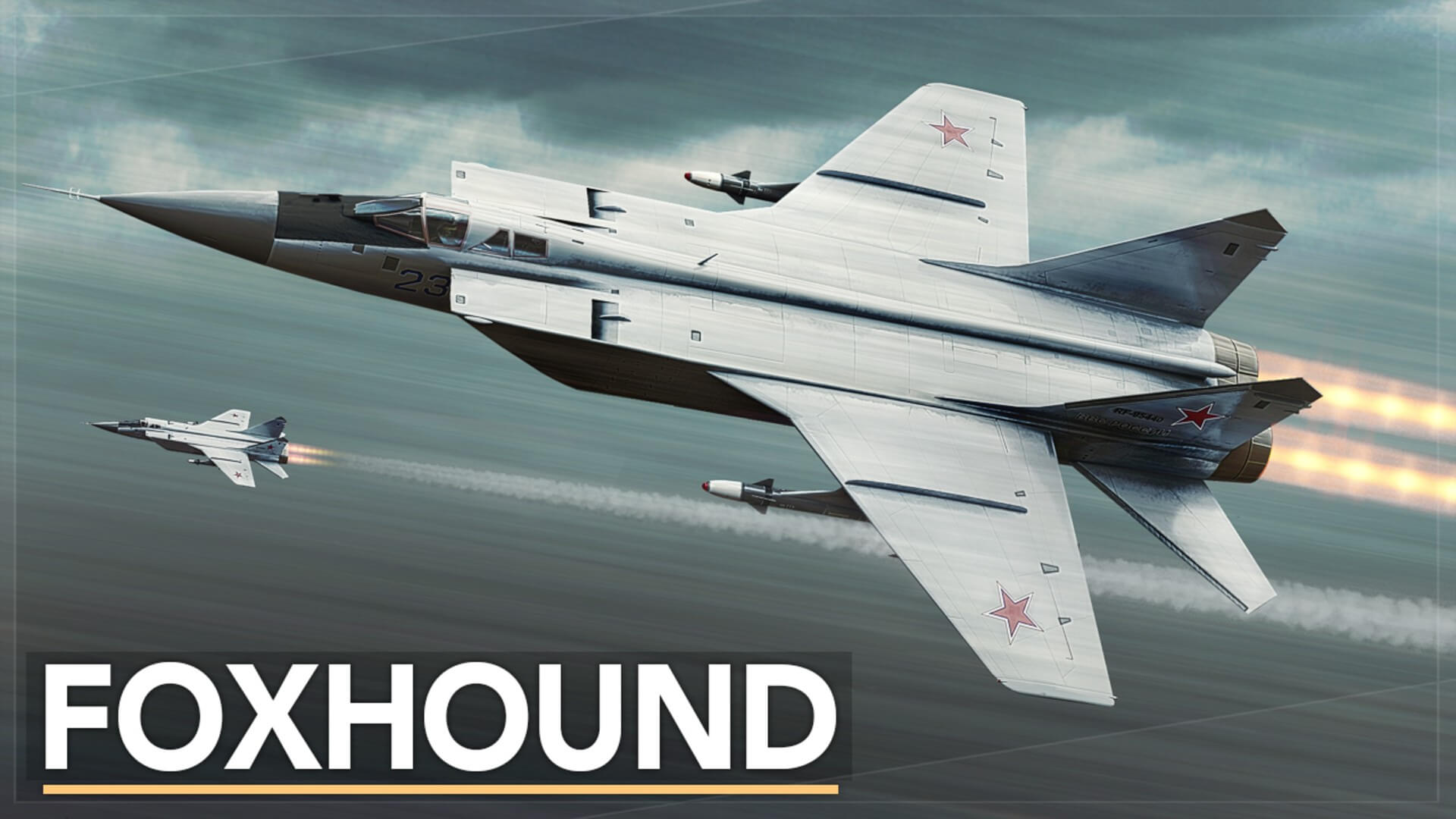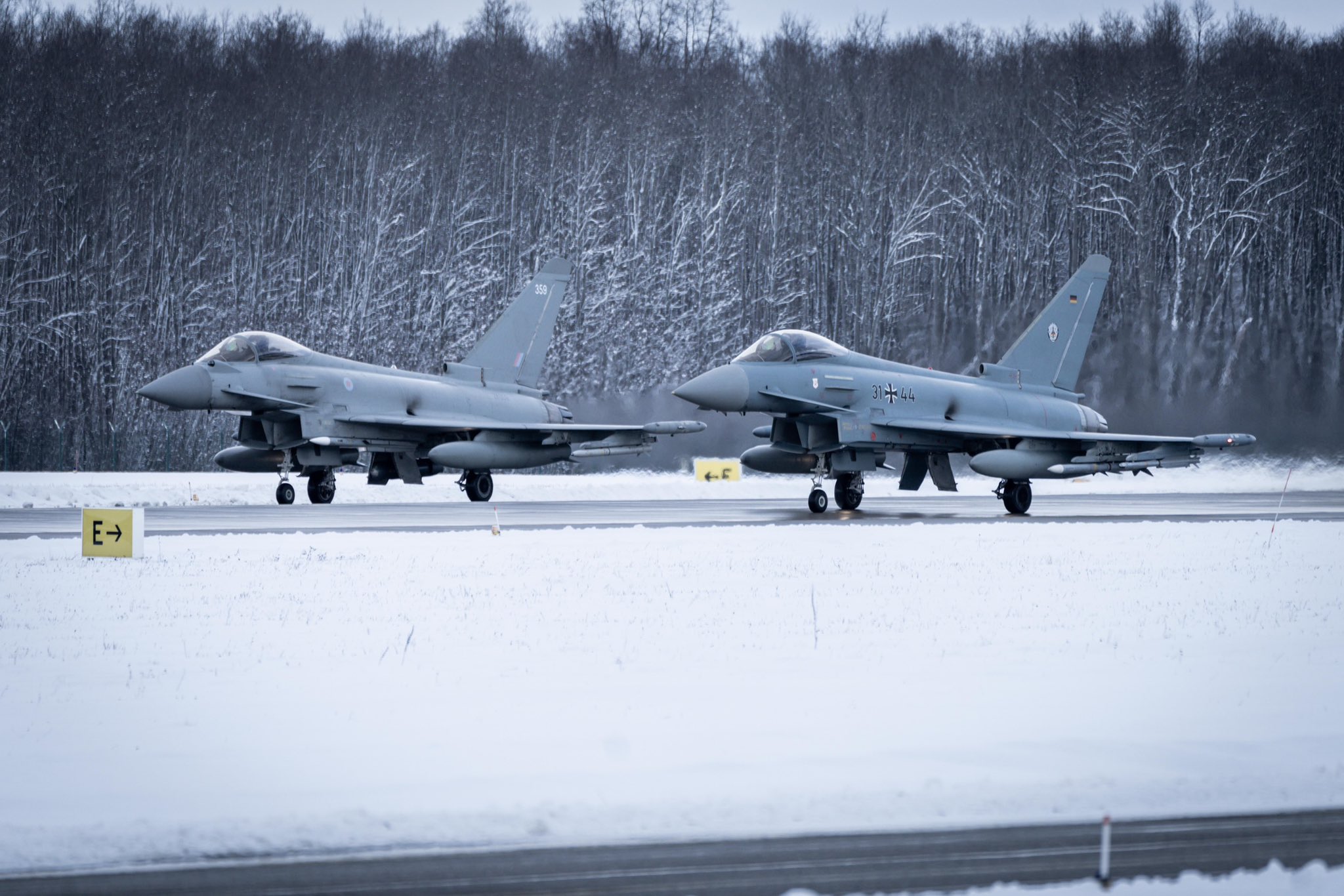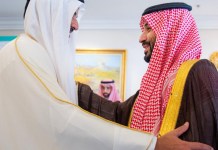On March 15, the Norwegian Armed Forces scrambled two F-35 fighter jets on a NATO Quick Reaction Alert mission after detecting two Russian warplanes outside Norwegian air space north of Finnmark.
The Russian warplanes—a Su-24 and a MiG-31—were intercepted in international airspace by two Norwegian F-35s sent out on a Quick Reaction Alert (QRA) mission from the Evenes air base, according to the Norwegian Armed Forces.
The Russian fighter jets took off from the Kola Peninsula. Meanwhile, the Norwegian Armed Forces have also made public images of the Russian MiG-31. With rising regional tensions, such interceptions are becoming more frequent.
On March 9, the two Norwegian F-35s deployed as part of NATO’s north QRA scrambled from Evenes Airport to intercept the Russian Il-38 aircraft.
The two Russian aircraft came from the Kola Peninsula’s Severomorsk-1 air base. Both the Tu-142 and the Il-38 are housed at the base. The planes were reportedly on the lookout for NATO submarines when conducting operations over the Barents Sea.
At 10:45 today, 2 Norwegian F-35s were scrambled for a #NATO Quick Reaction Alert mission from Evenes, #Norway. The F-35s identified 2 Russian military aircraft in int. airspace outside Norway: a SU-24 ("Fencer") and a MIG-31 ("Foxhound"). Photo: MiG-31 and NOR F-35. #WeAreNATO pic.twitter.com/B6PFFboM9m
— Norwegian Armed Forces | Forsvaret (@Forsvaret_no) March 14, 2023
In January 2022, the EurAsian Times reported that the Royal Norwegian Air Force (RoNAF) marked the momentous occasion when F-35s officially assumed the Quick Reaction Alert (QRA) duty, ending the F-16 fleet’s 42-year involvement in assisting its nation and NATO.
The goal of NATO Air Policing is to maintain the safety of Alliance airspace. NATO stated that it is a collective effort and requires the constant presence of fighter aircraft and crews ready to respond rapidly to airspace violations.
Norwegian airspace has never been breached by Russian aircraft in the post-Soviet era. Yet, as a regular operation to protect NATO’s airspace, Norway launches fighter jets to intercept Russians in the far north.
Meanwhile, Northern Norway hosts two extensive military exercises: Joint Viking and Joint Warrior.
Norway’s Joint Viking exercise is entering its second week with nearly 20,000 soldiers from numerous NATO and partner nations participating in the drills inside the Arctic Circle. Warships from several NATO nations are also present in the British naval exercise Joint Warrior off of Northern Norway.
The latest scrambling occurred hours after a Su-27 jet collided with a US military drone, causing the MQ-9 drone to crash over the Black Sea.

Russian Aircraft Intercepted By RAF And German Air Force
On March 14, the German and British air forces’ first coordinated interception of a Russian aircraft occurred close to NATO airspace. The German Air Force and the UK Royal Air Force dispatched two Typhoon fighters on alert to intercept an Il-78 refueling aircraft near Estonian airspace.
It was alleged that the Il-78 didn’t communicate with Estonian air traffic control. Although the interception was routine, this was the first time the two countries had collaborated on such an operation.
The warplanes are part of the 71 Tactical Air Wing Richthofen of Germany and the 140 Expeditionary Air Wing of the Royal Air Force (RAF).
A Typhoon pilot explained that when the Russian aircraft “transited close to NATO airspace,” they had identified and kept an eye on it.
The German and British jets were then told to change course to intercept a Russian An-148 regional jet airliner reportedly flying near Estonian territory.

As of yet, Russia has not responded to the interceptions. The interceptions are a component of the NATO member states’ rotational four-month Baltic air policing mission.
Joint British-German operations will likely continue through the end of April, as the former plans to take over the long-established Baltic air policing role from its NATO counterpart.
British forces will carry out the missions on behalf of NATO along the Russian border for four months. Four RAF Eurofighter Typhoon jets are currently stationed at the Mari Air Base in Estonia as part of the mission.
According to Britain’s Minister for the Armed Forces, James Heappey, NATO remains the bedrock of collective security.
Heappey added that this coordinated deployment of the United Kingdom and Germany in the Baltics indicates their collective resolve to confront any potential danger to NATO’s frontiers while showcasing united power.
Approximately 300 RAF personnel are in Estonia as the UK prepares to spearhead the NATO air policing mission, which will safeguard NATO skies in the area for four months beginning in April.
The Russian invasion of Ukraine has revived fears in neighboring countries, notably Estonia, about Vladimir Putin’s objectives and next measures.
- Contact the author at ashishmichel(at)gmail.com
- Follow EurAsian Times on Google News




